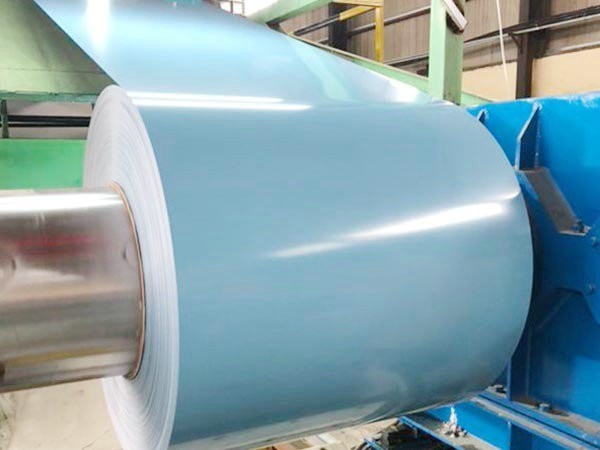In today's era of pursuing both personalization and aesthetics, aluminium sheet, as a lightweight metal material widely used in construction, transportation, electronics, packaging and other fields, has become a hot topic of market attention due to its color diversity. In recent years, with the advancement of technology and innovation in processes, aluminium sheet coloring technology has made significant progress, endowing aluminium sheet products with richer colors and textures. This article will delve into the current mainstream aluminium sheet coloring technology and its latest development trends.
1. Anodizing and electrolytic coloring
This is a method of forming an oxide film and coloring on the surface of an aluminium sheet through an electrochemical process. Firstly, the aluminium sheet undergoes anodic oxidation in an electrolyte solution to form a porous oxide film. Subsequently, through the electrolytic coloring process, metal ions are infiltrated into the pores of the oxide film, and after sealing treatment, brightly colored and weather resistant colored aluminium sheets can be obtained. The advantages of this method are long-lasting color and wear resistance, but the process is relatively complex and the cost is high.

2. Chemical staining
Chemical dyeing is the process of using chemical substances to react with the surface of aluminium sheets, forming a layer of colored compound film. This method is usually applicable to aluminium sheets that have been pre treated (such as polished, degreased, etched, etc.). After dyeing, the surface of the aluminium sheet will present a uniform color. The advantages of chemical dyeing are simple process and low cost, but the durability and weather resistance of colors may not be as good as anodizing and electrolytic coloring.
3. Printing technology
Printing technology is a method of directly printing ink or pigment onto the surface of aluminium sheets. According to different printing methods, it can be divided into screen printing, planographic printing, gravure printing, etc. Printing technology can flexibly achieve various patterns and color combinations, suitable for personalized customization and coloring of aluminium sheets with complex patterns. However, the wear resistance and weather resistance of the printing layer may be affected by ink quality and printing process.
4. Powder coating
Powder coating is the process of uniformly spraying powder coating onto the surface of an aluminium sheet, and then curing it through heating to form a strong and brightly colored coating. Powder coating has the advantages of rich color, strong weather resistance, and environmental protection. In addition, powder coating can also achieve various textures and effects, such as metallic texture, matte, high gloss, etc. But powder coating requires professional equipment and process control, and the cost is relatively high.
5. Heat transfer printing
Thermal transfer printing is a method of transferring thermal ink onto the surface of an aluminium sheet through hot pressing. This method can achieve high-resolution patterns and colors, suitable for coloring aluminium sheets that require fine patterns and colors. The advantages of heat transfer printing are bright colors and fine patterns, but wear resistance and weather resistance may be affected by ink quality and printing process.
In summary, there are various methods for coloring aluminium sheets, each with its unique advantages and applicable scenarios. When choosing a coloring method, it is necessary to comprehensively consider factors such as the purpose of the aluminium sheet, cost budget, color and pattern requirements. At the same time, in order to ensure the coloring effect and quality, it is recommended to seek cooperation from professional aluminium sheet processors or coating companies.
 Language
▼
Language
▼
